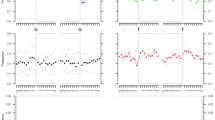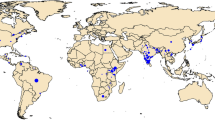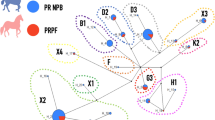Abstract
Uruguay is the only Latin American country that at present lacks Native populations and little is known about its prehistoric populations. In the construction of National identity, the unique reference to Natives is about Charra Indians, one of the most important ethnic groups that lived in the territory and exterminated in the 1830s. In 1833, four survivors were taken to be exhibited and studied in France, becoming martyrs and a symbol of their nation. The skeletal remains of Chief Per&x00FA; were preserved and studied mainly by Rivet1; these are the only remains certainly identified as belonging to a Charr&x00FA;a. In 2002, the French government returned the remains to Uruguay, where they were buried with honours at the National Pantheon. Before the burial, we performed morphological studies as well as extracted samples for DNA analysis. Peru's morphology is coherent with the one of a nomadic warrior: robust body with strong muscular insertions, wounds, and healthy diet based mainly on meat. Here we show that metric and morphological data as well as maternal inherited mitochondrial DNA (mtDNA) hypervariable region I (HVRI) and restriction fragment length polymorphisms (RFLPs), indicate a close relationship with Pampa-Patagonian Indians, and specially, with prehistoric Natives buried in mounds from eastern Uruguay. This last finding is particularly important to understand Uruguayan prehistory and history, raising the debate about who the mound builders were, and showing continuity between them, historic Charr&x00FA;a Indians, and present populations.
Similar content being viewed by others
Article PDF
Author information
Authors and Affiliations
Corresponding author
Rights and permissions
About this article
Cite this article
Sans, M., Figueiro, G., Sanguinetti, C. et al. The last Charrua Indian; (Uruguay): analysis of the remains of Chief Vaimaca Per&x00FA;.. Nat Prec (2010). https://doi.org/10.1038/npre.2010.4415.1
Received:
Accepted:
Published:
DOI: https://doi.org/10.1038/npre.2010.4415.1



